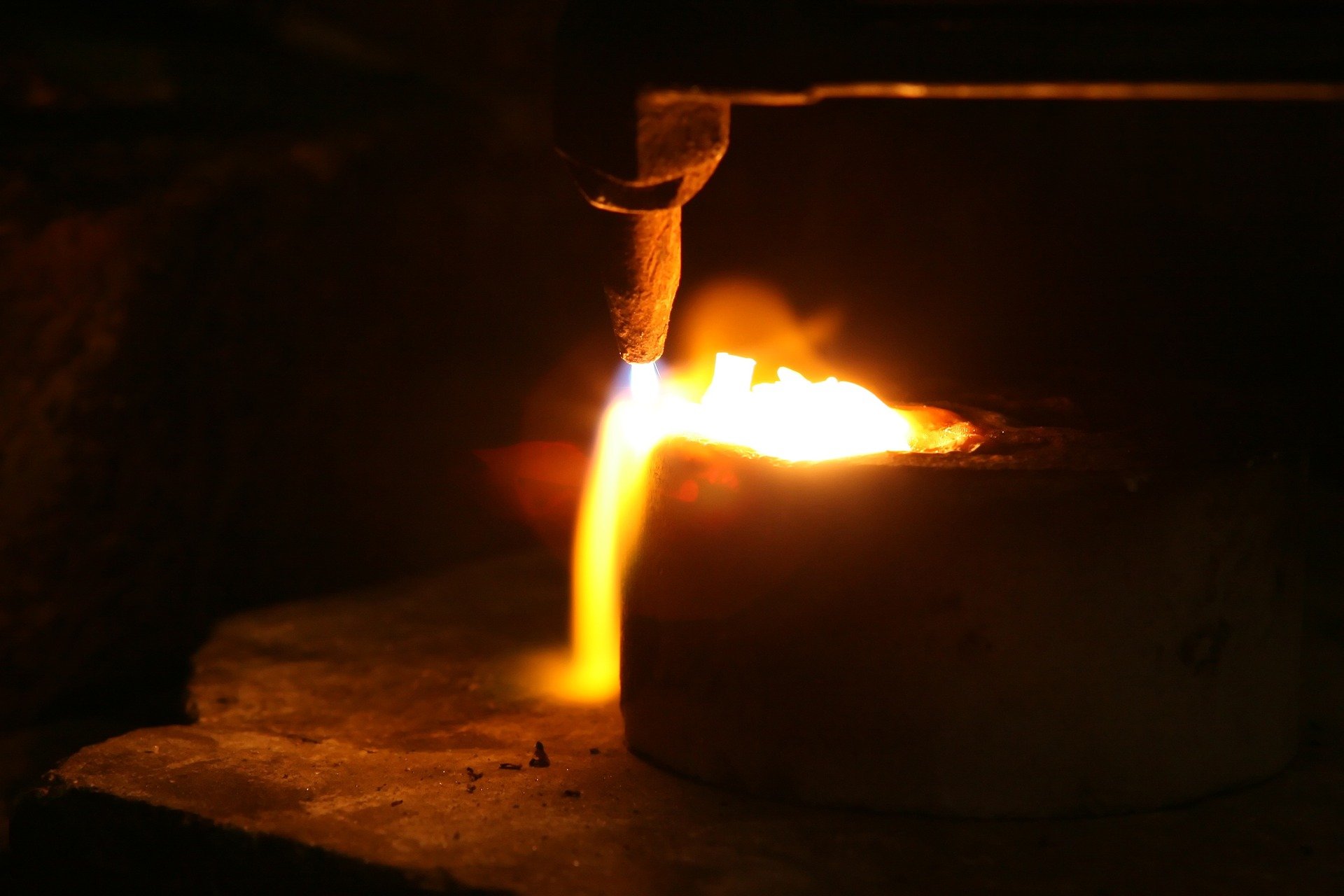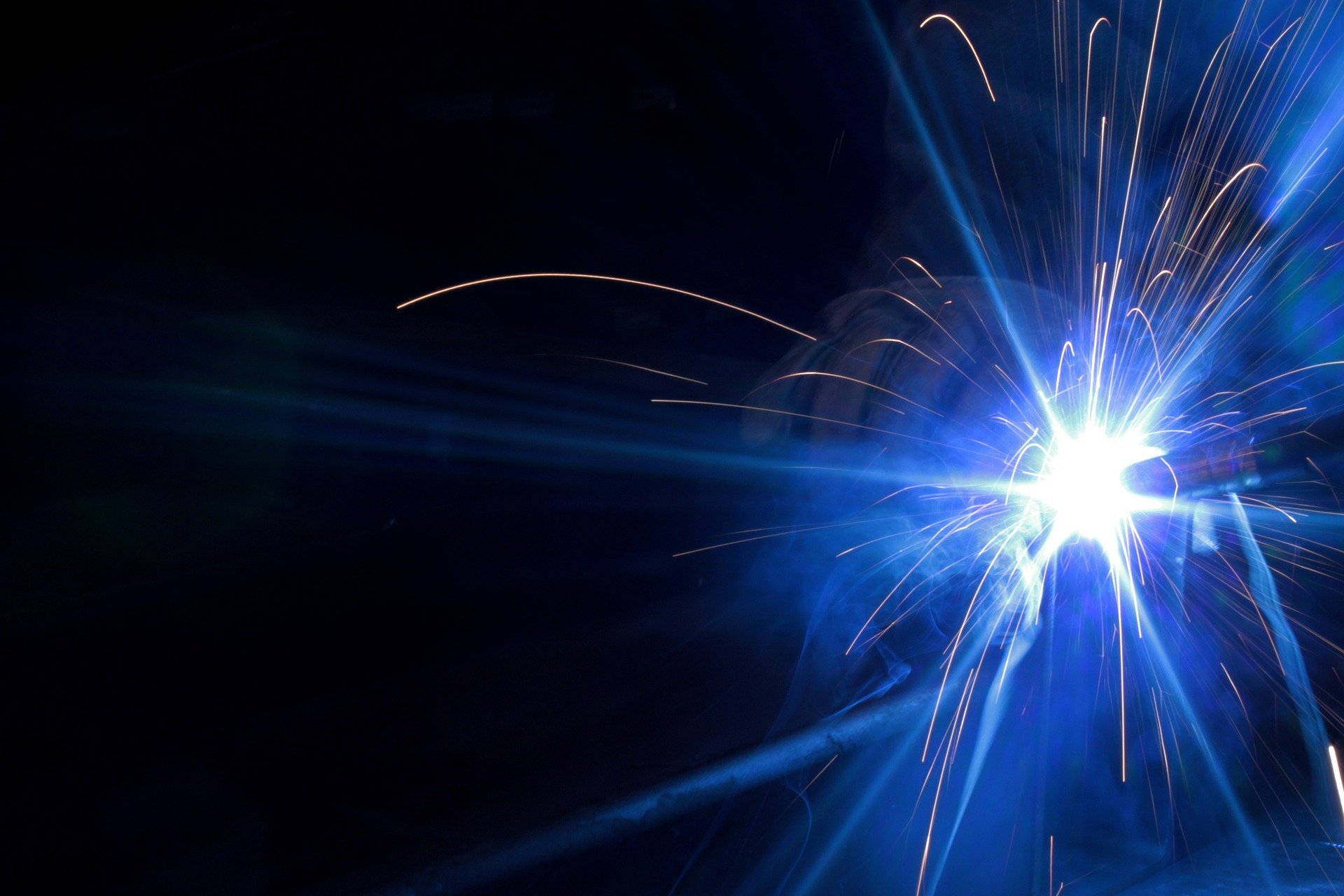Understanding the Different Types of Welding
Welding is a process used in fabrication for thousands of years. Different types of welding help fabricators forge swords, build ships, build furniture, and more. There are many kinds of welding to choose from, each with specific practical applications. When you start, you will find that some welding types are easier to learn, while other processes can take years to master. Different types of welding work indoors, while others are best applied outdoors. Read on to learn more about the types of welding and to determine which best suits your needs.
What are the different types of welding?
There are many different types of welding for various experience levels and applications. You can determine which type of welding is right for you by examining your welding experience and what materials you would like to weld. While some welding types create clean beads and require minimal clean up, other types produce larger welds that make more slag to clean up. Some welding types only work on ferrous metals, while others are more versatile. We’ve put together a quick list of a few common types of welding and their pros and cons.
| Type | Pros | Cons |
|---|---|---|
| MIG welding – Gas Metal Arc Welding (GMAW) | MIG is great for welding large and thick materials quickly. It is the most beginner-friendly type of welding. | MIG welds are not as precise, strong, or clean not as TIG welds. The workpiece materials must be completely clean of any rust or slag. |
| TIG welding – Gas Tungsten Arc Welding (GTAW) | TIG is highly precise and versatile, allowing you to join a wide range of small and thin materials. It is great for welding non-ferrous metals. | TIG welding is more difficult to learn, making it a slower process with longer lead times and greater production cost. |
| Stick Welding – Shielded Metal Arc Welding (SMAW) | Stick welding is very versatile, inexpensive to start, and easy to learn. It can be used on a variety of metal alloys. | Consumable electrodes have to be frequently replaced and slag must be chipped away after welding, making it a slower process. |
| Flux Welding – Cored Arc Welding (FCAW) | Flux welding does not use shielding gas, so it can be used outdoors and in windy conditions. It can also be used on a variety of metal alloys. | The filler material is more expensive, compared to other types of arc welding. It also generates more fumes and smoke than other types of arc welding. |
| Energy Beam Welding (EBW) | Energy beam welding can weld thick and thin materials and dissimilar metals with different melting points and conductivities. EBW is precise and grants the welder control over the process. | Materials shrink and cool after joining, which can lead to cracking and bending at the weld. |
| Atomic Hydrogen Welding (AHW) | Atomic hydrogen welding can reach temperatures up to 4000 °C, which can weld tungsten, the most refractory metal. Hydrogen prevents oxidation and contamination of the materials. This process does not require flux. | Atomic hydrogen welding is being replaced by gas metal arc welding because of the availability of inexpensive inert gases. |
| Oxy-acetylene Welding | An oxy-acetylene torch is lightweight, compact, and quiet. Oxy-acetylene torches can easily cut through ferrous materials that are up to 8 inches thick. You can use oxy-acetylene gas to cut, braze, and weld steel. |
Acetylene fuel is more expensive compared to other fuels. |
| Plasma Arc Welding | Plasma welding torches give you ample control over the arc and high-quality welds. Welds are clean, smooth, and strong. | Plasma welding equipment is expensive, making startup costs high. It is a more specialized welding process and requires more time initially to train. |
MIG welding
Metal inert gas (MIG) welding is an arc welding process that uses a solid wire electrode to produce a weld. The electrode is fed into a welding gun and is heated. It is an easy type of welding for beginners to learn.
TIG welding
Tungsten inert gas (TIG) welding is an arc welding process that uses a non-consumable tungsten electrode to produce a weld. It is a precise form of welding, offering the welder control to adapt the amperage and gas flow. TIG welds are most successful on more delicate materials and can be used to weld both ferrous and non-ferrous metals.
Stick or Arc welding
Stick welding is a manual arc welding process that uses a consumable electrode covered with a flux to lay the weld. It produces strong welds and works well with thicker materials. It is a versatile welding process, is simple to set up the equipment, and is generally easy to learn.
Flux welding
Flux welding is a semi-automatic or automatic arc welding process that uses a continuously fed consumable electrode. The electrode contains a flux core that provides the weld protection from the atmosphere, making it highly portable and versatile.
Plasma arc welding
Plasma arc welding forms an electric arc between a non-consumable electrode and the workpiece. The process has a high temperature and energy concentration, enabling the welder to make deep and narrow welds at high speeds.
Oxy-acetylene welding
Oxy-acetylene welding uses fuel gases and oxygen to weld or cut metals. The oxygen increases the temperature of the flame to allow localized melting of the workpiece material.
Which type of weld is the strongest?
No welding type is the strongest among all welding applications. The strongest weld depends on the type of metal, the material thickness, and the expected weight loading onto the weld. TIG welding produces the cleanest welds in routine applications because a larger amount of filler metal goes directly into the joint and produces less splatter. It is also ideal for thinner materials that require more precise welds. MIG welding provides the most consistent welds and is the easiest type of welding for beginners. Flux Welding creates the strongest welds in thicker materials. The flux core wire allows the weld to cool more slowly, which creates a more consistent and stable weld joint.
Which type of welding should you learn?
When determining the type of welding you should learn, you can plan the type of materials you would like to work with, the amount of time you have to learn, and the resources you have available. MIG welding is the most beginner-friendly type of welding. It is a faster process that is easy to learn and forgiving of mistakes. TIG welding is a slower process that requires more time to master and produces more precise welds on a variety of materials types.
Types of welding FAQs
What type of welding is the best?
The type of welding that will work best for you depends on your experience, materials, and projects. MIG welding is generally the easiest to learn. TIG welding is a slower, more precise process that works with many different types of materials. ARC and Oxy-acetylene welding produce strong welds on thick materials and can operate outdoors and underwater.
What’s the difference between MIG and TIG welding?
MIG and TIG welding both use an arc to create heat and weld metals together; however, the difference between the two is the way the arc is used. MIG uses a wire welding electrode that constantly moves through the welding machine on a spool to generate heat. TIG uses a tungsten electrode that produces an electric arc between the torch and the materials.
What’s the easiest type of welding to learn?
MIG welding is generally the easiest type of welding for a beginner to learn. MIG welders use a feed wire that runs through the machine at a preselected speed. This makes the process relatively fast and produces consistent welds.
What’s the hardest type of welding to learn?
TIG welding is the hardest form of welding to learn for a variety of reasons. The process of TIG welding is slow and takes time to get used to as a beginner. A TIG welder requires a foot pedal to feed the electrode and control the variable amperage while maintaining a steady hand at the welding torch. This grants the welder more control over the process, but it can take more time to learn as a beginner.
-
Best MIG Welding No Gas Flux Core Solution – Easy, Portable & Clean WeldingNewsJul.08,2025
-
7018 Welding Rod 3/16 - High Strength, Low Hydrogen Electrodes Wholesale 3/32 Welding Rod 7018 Suppliers & China 7018 AC Welding Rod FactoryNewsJul.08,2025
-
High Quality MIG Aluminium Welding Wire - Wholesale Factory Prices from China SuppliersNewsJul.07,2025
-
High-Quality Gasless Aluminum Welding Wire China Gasless Aluminum MIG Wire SupplierNewsJul.07,2025
-
High Quality Ordinary Welding Rod for Pipes – Reliable China Welding Rod 7016 SupplierNewsJul.06,2025
-
Welding Wire 0.9 mm ER70S-6 Supplier Wholesale Manufacturers & FactoriesNewsJul.06,2025





